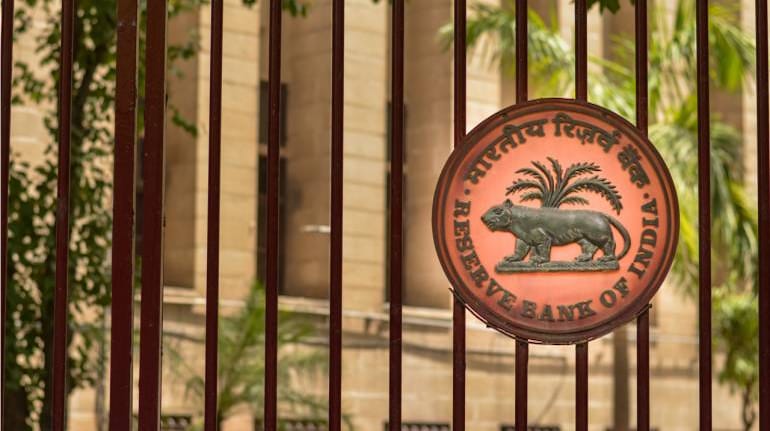



Even though the cost of funds for the Centre has been trending down following the deft yield management by the Reserve Bank, for the hapless states, whose finances are crippled by the continuing lockdowns, it has been heading north and so far this fiscal as the average interest rate on their market borrowings has jumped 30 bps to 6.86 per cent.
The interest rates that the states pay to their bonds holders (state development loans or SDLs) have been going up in spite of the fact their drawdowns have been 37 per cent lower so far this fiscal than what they had borrowed during the same period last fiscal, says chief economist at Care Ratings Madan Sabnavis.
RBI announces FPI investment limits in G-secs, SDLs
The borrowing cost for the states at the latest auctions rose 12 bps to 6.86 per cent from the past week, across the states and tenures, he said. With this the weighted average yields for the state loans have risen by 30 bps since the first auction on April 8, 2021, reflecting the lower demand for these securities amid anticipated higher supply going forward, Sabnavis says.
According to him, investors of SDLs, primarily banks and financial institutions, prefer GSecs as the RBI has been buying them from the secondary market. On the other hand the increase demand for G-Secs has also helped lower their yields and the benchmark 10-year GSec yield has been ruling around 6 per cent in May, which is 5 bps lower than the average yield in April.
The spread between the 10-year SDLs auctioned today and the 10-year G-Secs yields stood at 83 bps on Tuesday, rising from around 50 bps in early April, reflective of the firming up of SDL yields.
At the auctions held on Tuesday, 11 states raised a total of Rs 19,550 crore. While nine of them accepted the notified amount, Maharashtra accepted an additional Rs 500 crore and Rajasthan accepted Rs 500 crore less than the notified amount. So far this fiscal, fewer number of states have been tapping the markets for funds compared to the same period in FY21, pulling down the total quantum of borrowings by a whopping 37 per cent less than the amount mopped up during he corresponding period of FY21.
Fifteen states and one Union Territory have raised a total of Rs 79,250 crore between April 8 and June 1 in FY22 as opposed to 22 states and one Union Territory raising Rs 1,26,205 crore from the markets y-o-y, which is a full 37 per cent lower. According to the states' tentative borrowing calendar, 26 states and one Union territory were to raise Rs 1,24,150 crore between April 2 and June 1. However, only 64 per cent of this amount has been raised thus far by 15 states and one Union Territory.
Discover the latest Business News, Sensex, and Nifty updates. Obtain Personal Finance insights, tax queries, and expert opinions on Moneycontrol or download the Moneycontrol App to stay updated!
Find the best of Al News in one place, specially curated for you every weekend.
Stay on top of the latest tech trends and biggest startup news.